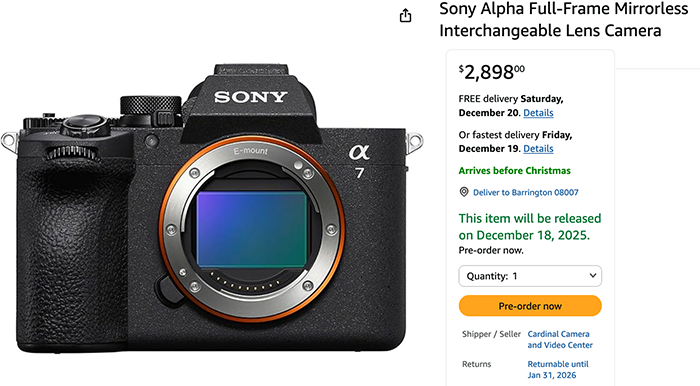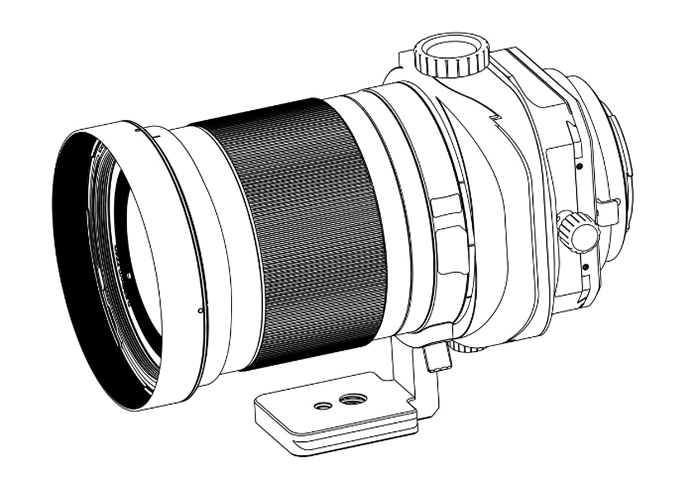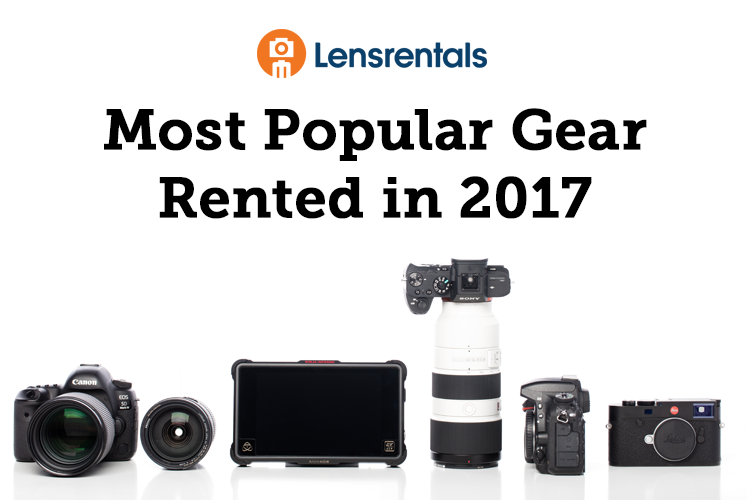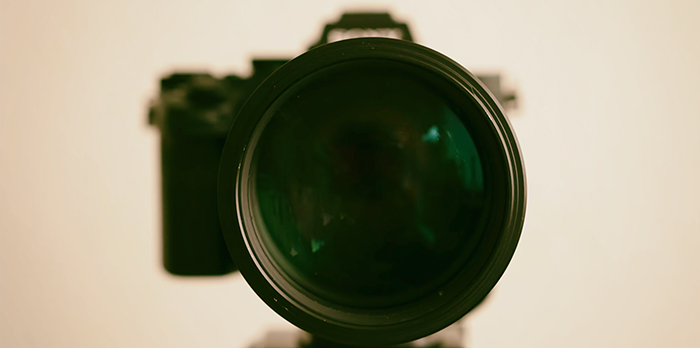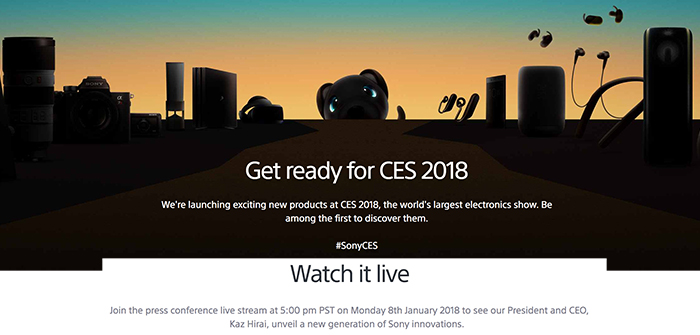(SR3) Sony rumored to finally launch the 16-55mm f/2.8 APS-C E-mount lens in 2018?
This info comes from a source whom shared a couple of correct rumors in the past but also was wrong one the A7sIII rumor he shared in September. So this means we have to take it with a grain of salt. But I certainly hope he is right on track with reliable rumors when it comes to the info he just shared:
Part of roadmap for this year contains lenses:
400/2.8 FE (confirmed)
16-55/2.8 E
135 f? FEPart of roadmap for this year contains cameras:
a5x00
a7s3
a73Next Samyang lens should also be 135mm probably f/2.8.
Thanks to the source for this!
–
